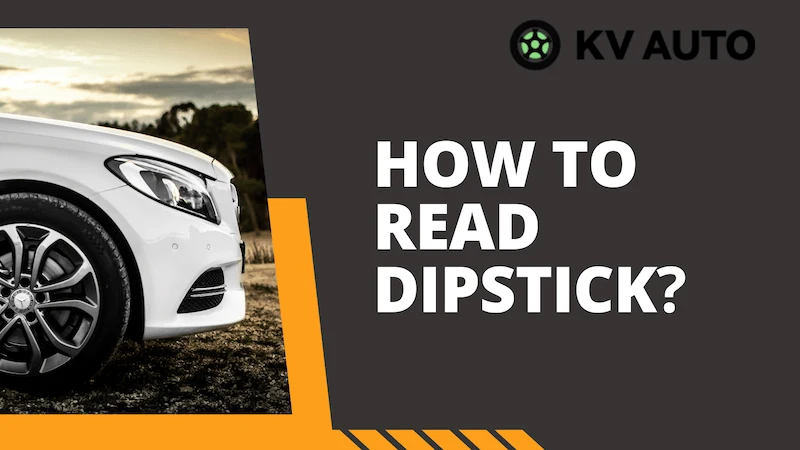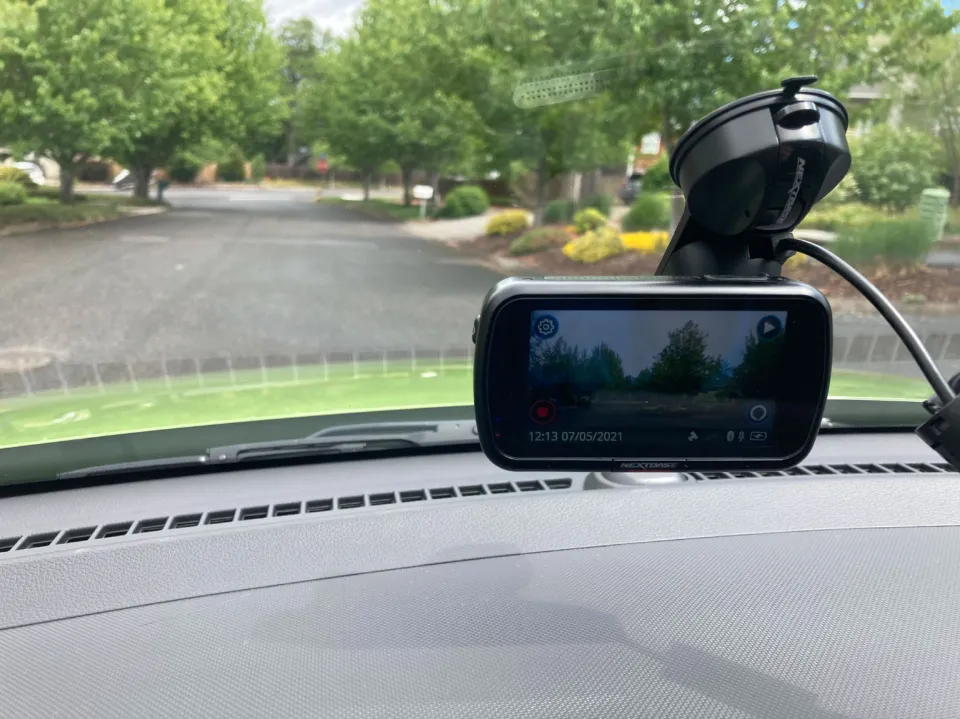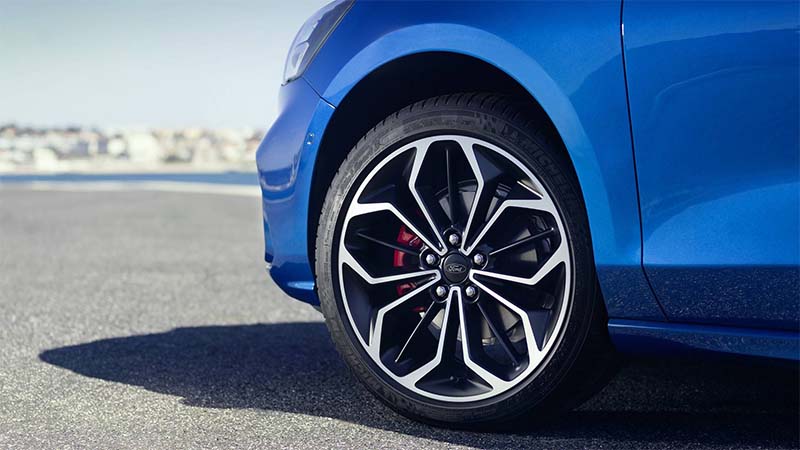This article will guide you through these steps, in addition to providing answers to questions related to maintaining the optimal level of engine oil in your car.
You need to add the right amount of oil to the engine, and the best way to ensure this is to measure your car’s oil with a dipstick. So, how to read oil dipstick?
You need to refer to the owner’s manual, park your vehicle on a level surface, lift the vehicle’s hood, take the dipstick out, wipe it clean, take your oil reading, and check the oil level.
Keep reading.
How to Read Oil Dipstick?
This is how you should proceed to read oil dipstick:
Refer to the Owner’s Manual
To find out whether the oil should be checked on a hot engine or a cold engine, first check the owner’s manual. Before starting the car, if you need to inspect the engine while the oil is still cold, do so. However, you can check it after driving a car if it needs to be checked while the engine is still hot.
Park Your Vehicle on a Level Surface
Now pull up to a level parking space with your car. You can use this to obtain an accurate engine oil dipstick reading.
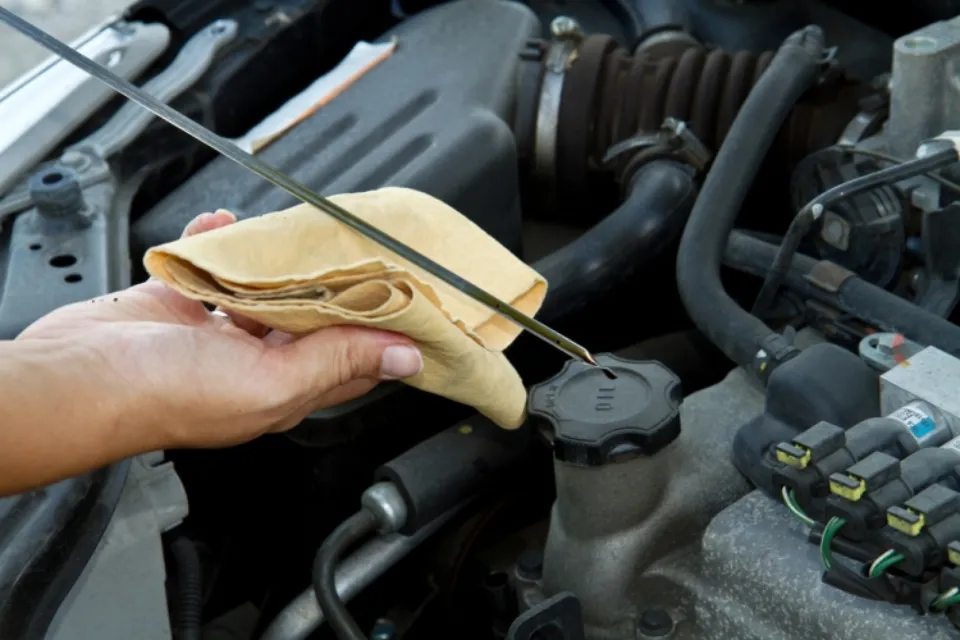
Lift the Vehicle’s Hood
There should be a dipstick here; look under the hood. Depending on the vehicle, the oil dipstick frequently has a red, yellow, or orange cap with an oil can sign on it. Some vehicles have dipsticks near the front of the engine compartment, and in some cases, you can remove the stick from the top of the valve cover.
Take the Dipstick Out
Using a paper towel and a paper clip, gently remove the dipstick after you’ve located it. The paper towel can be used to stop the oil from spilling.
Wipe It Clean
The dipstick should be cleaned, which is another reason to use a paper towel. For a precise reading, you must wipe the dipstick.
Take Your Oil Reading
The second time the dipstick should be worn is now that it has been cleaned. Now, pull it out and read the engine oil level critically. The level of engine oil is indicated by lines, holes, or letters on your dipstick. The dipstick has lines with the symbols Max for maximum and Min for minimum. Regarding letters, the dipstick’s letter H denotes an excessively high oil level, while the letter L denotes a low oil level.
Check the Oil Level
Your engine oil level is satisfactory if the oil is above or below the H/L and Min/Max lines. On the other hand, you must add more engine oil if the oil level falls below the line. When in doubt, check your owner’s manual. Put the dipstick back where it was once you had checked the oil level.
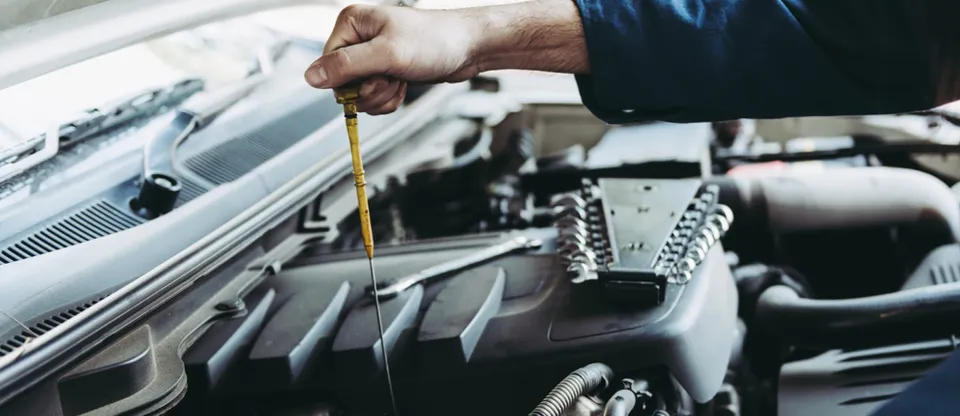
Why You Need to Check Oil?
Clean, brand-new engine oil feels slick and clean to the touch when you rub it between your fingers. That is the basic idea behind what it does inside the engine as well—it is a slick liquid that forms a lubricating film between rapidly moving metal parts to keep them apart. However, old, dark motor oil feels gritty when you rub it between your fingers, and an engine shouldn’t be exposed to that.
Engine oil’s condition needs to be checked to ensure it’s fine to be used for longer, but there are other reasons to check oil too:
- All engines consume oil. Every engine will burn some oil because there is no such thing as a perfect seal in the cylinders. Carmakers determine what constitutes normal oil consumption, and some allow up to one quart every 3,000 miles or even one quart every 1,000 miles.
- There could be an oil leak. Your engine could eventually develop a leak. The oil level may decrease over time; this can prompt you to search for and find the leak if you notice low oil levels.
- It could be contaminated. The oil will turn from a translucent golden color to milky brown if water gets inside the engine, and that moisture will encourage corrosion in the crankcase.
Every time you refuel your car, you should check the condition and level of your oil. It is more practical to check oil dipsticks and top off the oil as needed at least once a month.
How to Top Off Oil?
Now that you know how to check oil, the next step is topping it off. Use the exact oil specification your engine needs – you’ll find that on the oil filler cap in most cases or in the owner’s manual. Place a funnel there after removing the oil cap. Avoid attempting to fill the dipstick tube because it will inevitably spill!
If your oil is below the Low mark, add a quart of oil and recheck. If it falls within the normal range, continue adding 1/4 of a quart at a time until the Full mark is reached. Be careful not to overfill the oil.
You should drain some oil to get it back into range if it’s already too full or if you accidentally add more than you need.
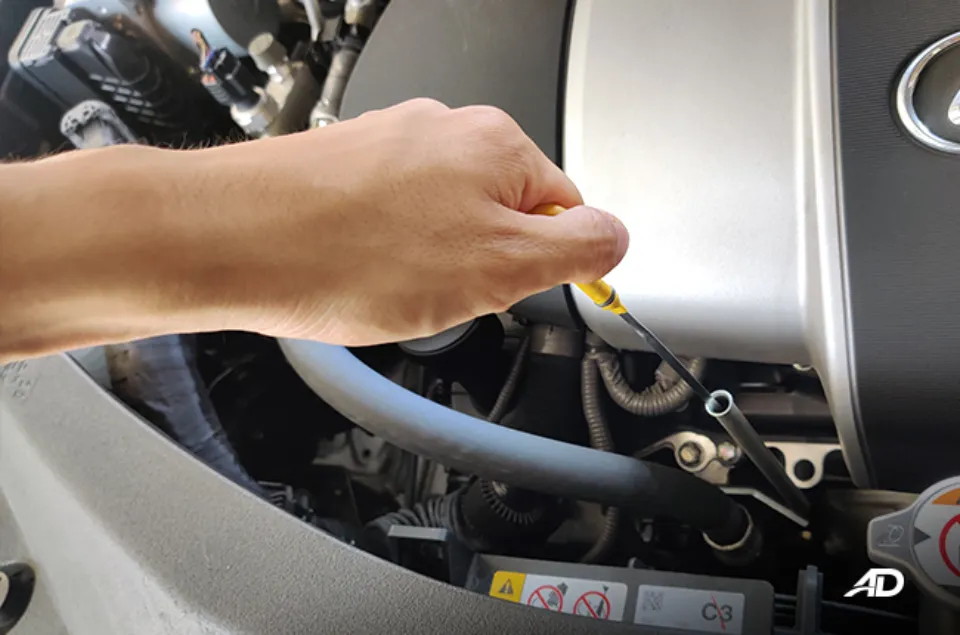
FAQs
How Much Oil Should I Have on the Dipstick?
The oil level should be between the maximum and minimum marks on the dipstick, otherwise you’ll need to adjust the level.
What Do the 4 Holes on a Dipstick Mean?
It’s simple to understand how to read a dipstick with four dots. When the oil is hot and there are four holes in a dipstick, the top hole represents the full mark. The maximum point when the oil is cold is in the hole right next to it. The hole closest to the tip of the dipstick represents the lowest mark when the oil is hot, and the uppermost of the last two holes (the holes closest to the tip) represents the lowest mark when the oil is cold.
What Does the H Stand for on a Dipstick?
The letter “H” on a dipstick stands for high or normal oil levels. The car dipsticks have markings that depict optimal and worrisome oil levels. Depending on the car, the markings could be a set of pinholes that indicate MAX (this is short for maximum) and MIN (this stands for minimum). For other vehicles, you might find letters like “H” and “L”.
Do I Have to Wait for My Engine to Cool before Adding Oil?
Not really. It all depends on the car. To find out, you might need to consult the owner’s manual. It’s best to confirm the recommended temperature range from your owner’s manual or your mechanic because different cars have different requirements.
Summary: How to Read Oil Dipstick?
Fortunately, reading a dipstick is simple, and this article has laid out the steps you can follow. To guarantee that your car always has the appropriate level of engine oil in it, take the steps outlined above. If after following these instructions you still have trouble reading the engine oil dipstick, you might want to seek professional assistance.
If you want to maintain the best possible condition for your engine, you must regularly check the oil. A device called a dipstick has been installed in your car so you can manually check the oil’s level and condition. You must be able to read dipsticks in order to guarantee that your engine is always running at the recommended oil level.

